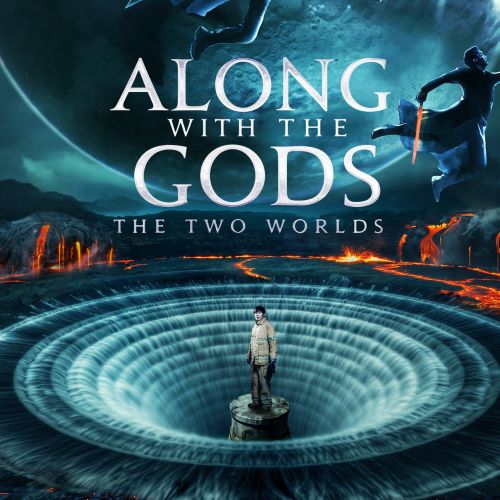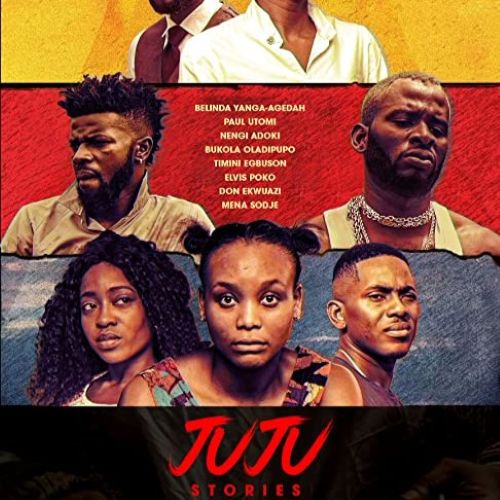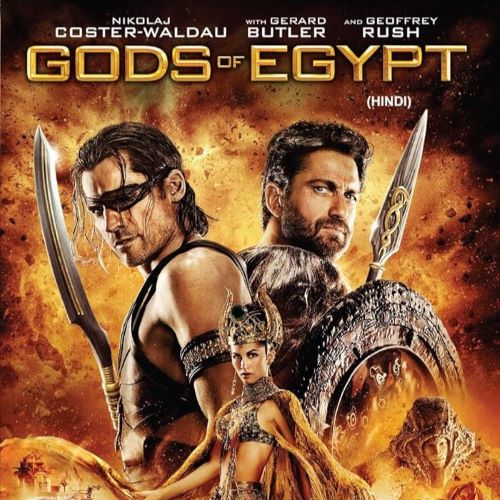New Gods: Nezha Reborn (2021)
| Description | |
|---|---|
| Country of Origin | China |
| Language | Chinese |
| Genre | Animation, Fantasy |
| Cast | Yang Tianxiang, Zhang He, Xuan Xiaoming, Li Shimeng, Zhu Ke’er |
| Directed by | Zhao Ji |

New Gods: Nezha Reborn (2021) is a visually striking animated film that reimagines one of the most iconic figures in Chinese mythology. Directed by Zhao Ji and produced by Light Chaser Animation, the movie takes the familiar tale of Nezha—a rebellious deity from the classic text Investiture of the Gods—and transports it into a futuristic, cyberpunk-inspired world. This ambitious shift not only breathes new life into the legend but also highlights the enduring relevance of mythological themes in modern storytelling.
In traditional Chinese mythology, Nezha is portrayed as a youthful deity who defies both heaven and earth, embodying defiance against authority and the fight for self-identity. New Gods: Nezha Reborn draws on this core essence but recasts it in a dystopian cityscape ruled by corporate overlords and gang lords, blending mythology with science fiction. The protagonist, Li Yunxiang, is a motorcycle racer who discovers that he is the reincarnation of Nezha. This rebirth theme connects directly to the mythological cycle of karma, fate, and cosmic justice, reminding viewers that gods and heroes can be reborn across different eras to face new challenges.
What makes the film especially engaging for fans of mythology is how it retains the core conflicts of Nezha’s story while updating its context. Nezha’s legendary battle with the Dragon King’s offspring is reinterpreted in the form of Li Yunxiang’s confrontation with the East Sea Dragon Clan. The dragons, long associated in Chinese folklore with water, storms, and dominion over the seas, are depicted here as powerful aristocrats who control vital resources in the futuristic world. This reinterpretation mirrors the mythological struggle between freedom and oppression, while also commenting on modern themes of environmental and social inequality.
The film is rich with mythological symbolism. Nezha’s iconic weapons, like the Cosmic Ring and the Fire-tipped Spear, are reimagined with a mechanical, high-tech flair, representing the blending of ancient divine power with futuristic aesthetics. The Lotus motif, central to Nezha’s rebirth in the original myth, is also woven into the narrative, reinforcing the themes of resilience and transformation. By grounding these mythological symbols in a sci-fi universe, the movie bridges the gap between ancient storytelling and modern fantasy genres.
Another fascinating aspect is the way New Gods: Nezha Reborn portrays the theme of reincarnation and destiny. In Chinese mythology, gods and spirits often transcend lifetimes, reappearing in different forms to fulfill their roles in the cosmic order. Li Yunxiang’s struggle to accept his divine identity reflects this tension between human will and mythological duty, a recurring motif in classical tales. His journey highlights the universal struggle between personal desires and the greater responsibilities imposed by fate.
While the movie prioritizes fast-paced action, breathtaking animation, and cyberpunk aesthetics, the mythological elements remain at its core. The creative reinterpretation ensures that viewers unfamiliar with the original legend still experience the symbolic depth of Nezha’s story. For mythology enthusiasts, the film is a bold experiment that shows how timeless legends can adapt to modern cultural contexts while retaining their universal themes of rebellion, justice, and rebirth.
New Gods: Nezha Reborn is more than just an animated spectacle—it is a testament to how mythology can evolve and remain relevant across generations. By reimagining Nezha in a futuristic setting, the film pays homage to China’s rich mythological past while pushing the boundaries of modern fantasy cinema. For anyone interested in Chinese mythology, this movie offers a fresh yet faithful exploration of one of its most enduring heroes.





